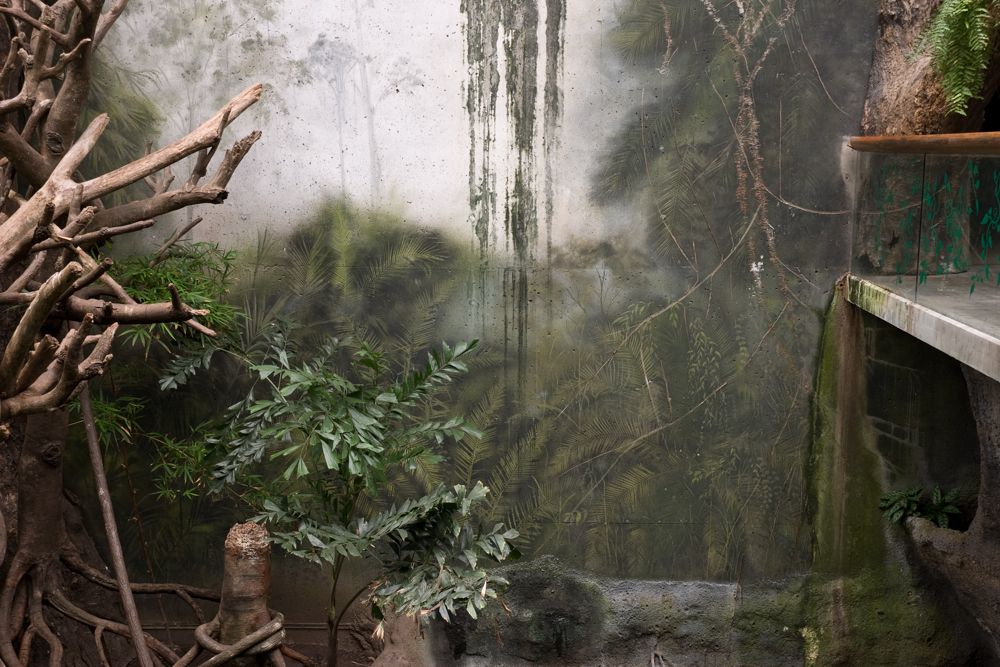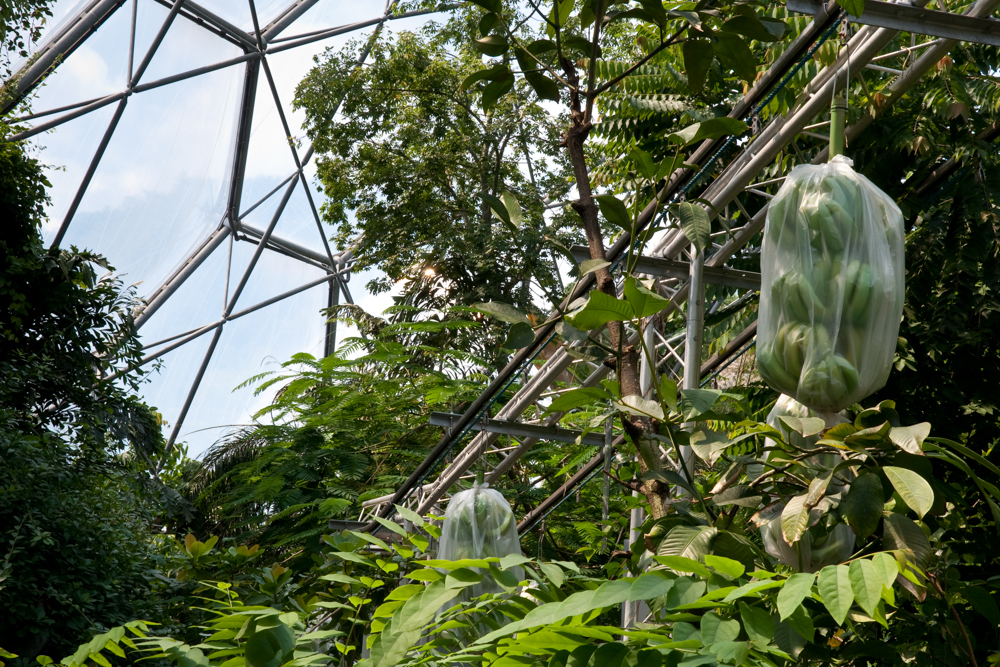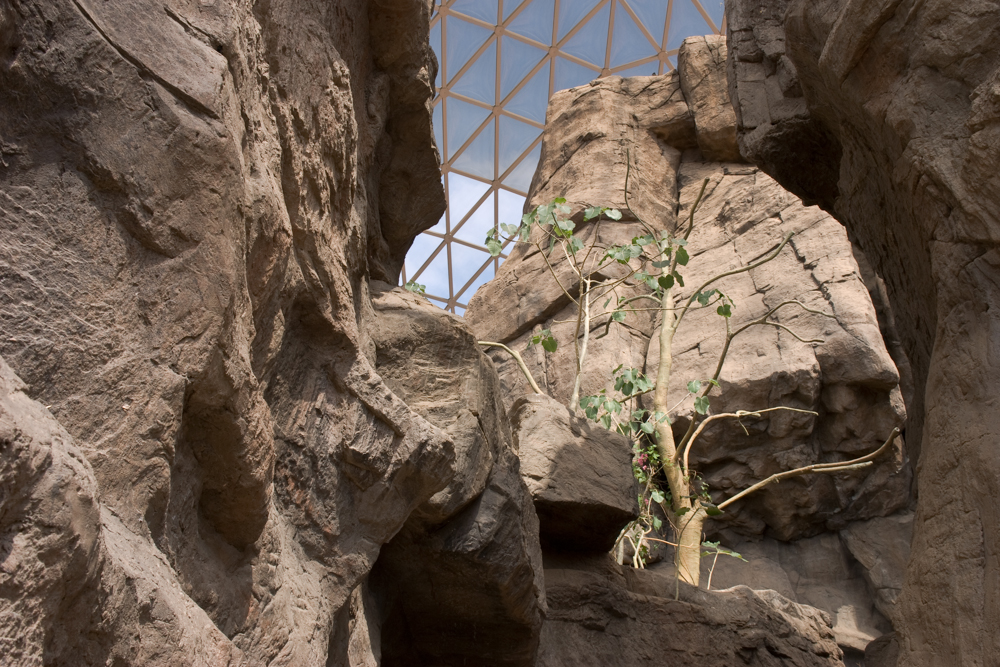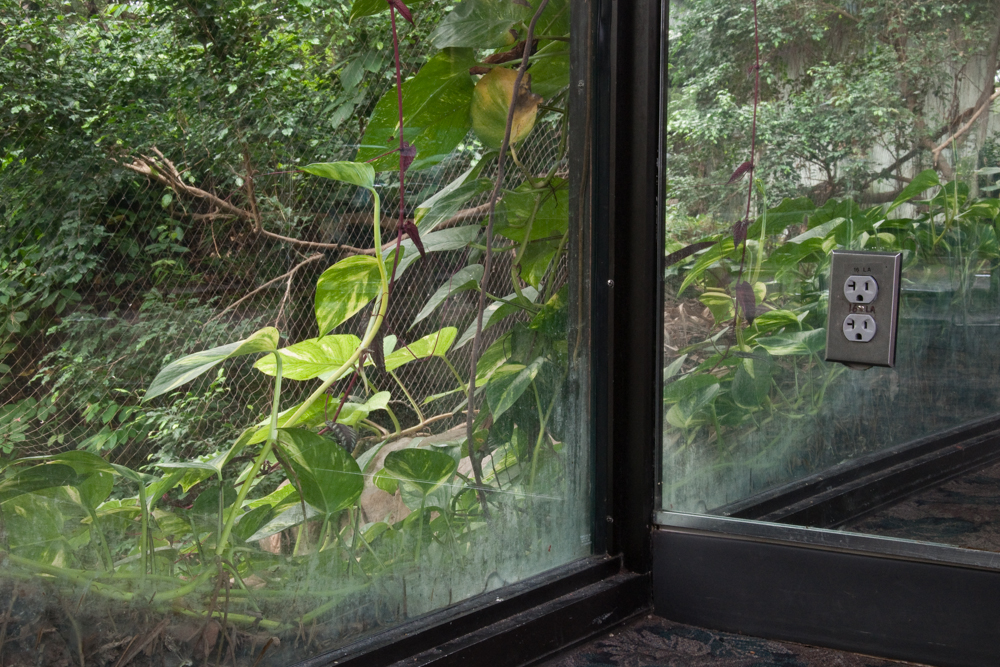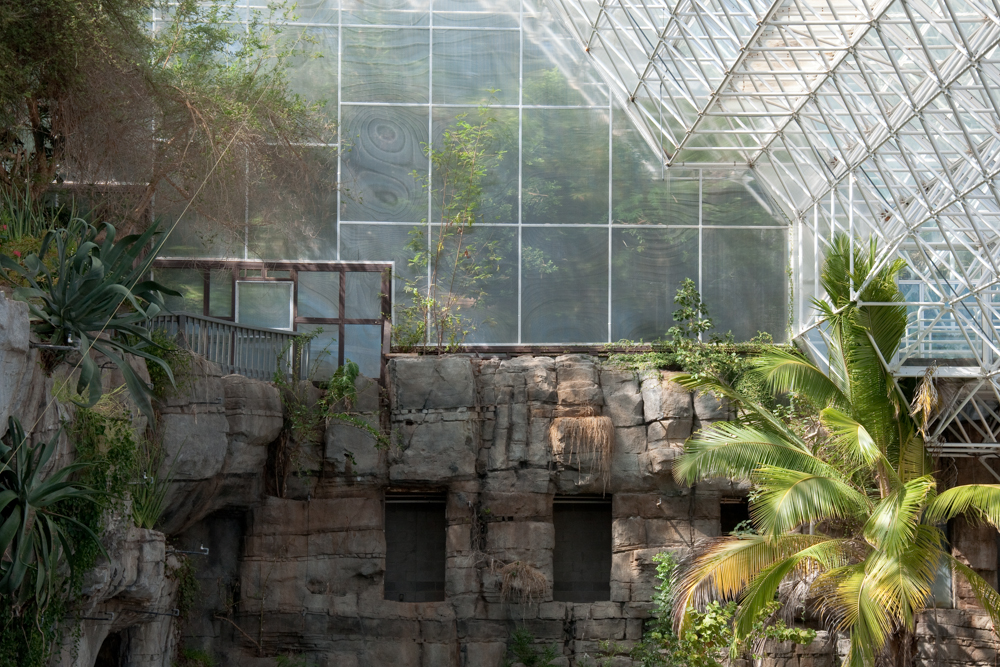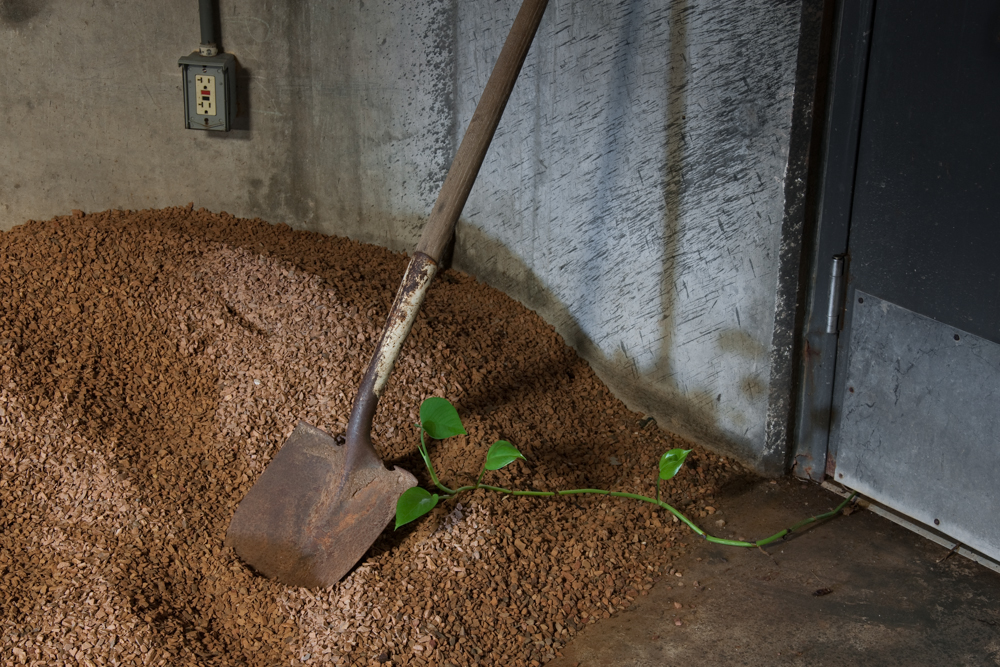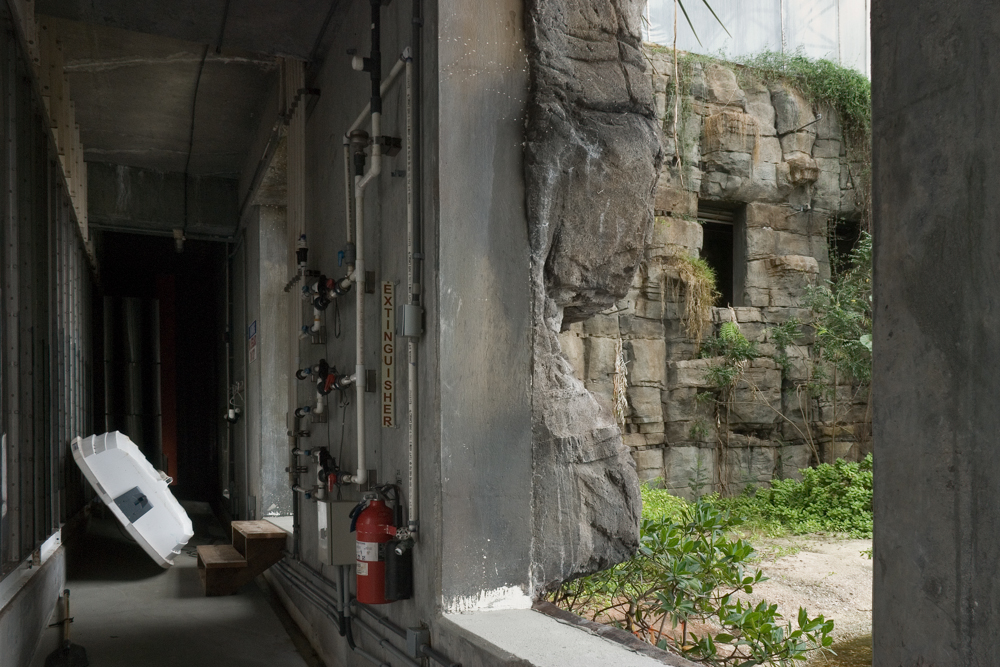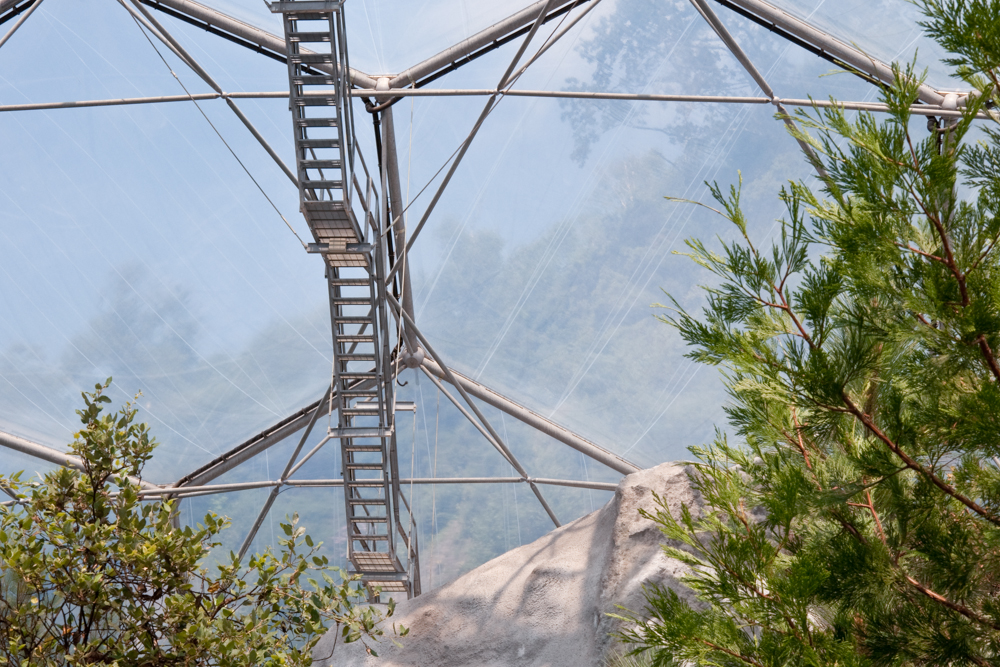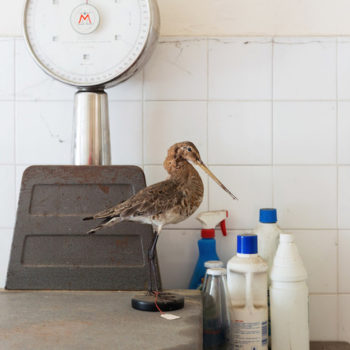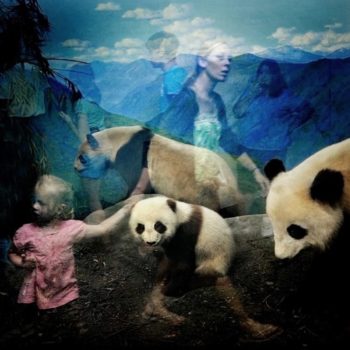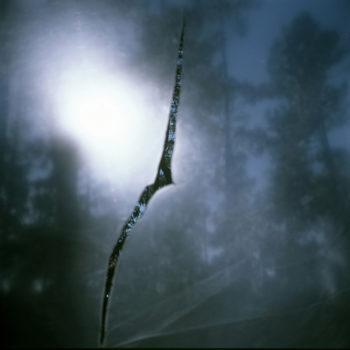I have always loved Dana Fritz’s series Terraria Gigantica: the World Under Glass. For the project, Fritz photographed in the world’s largest enclosed landscapes: Biosphere 2’s ocean in the Arizona desert, the Henry Doorly Zoo’s desert in the Great Plains of Nebraska, and Eden Project’s tropical rain forest in Cornwall, England. The series addresses a common conundrum in the “ecotourism” industry. Included in the environments are (a perfect mix, in Fritz’s photographs, of obvious and subtle) signs of a “carefully constructed [representation] of the natural world.” The images make it easy to laugh at our humble efforts to recreate nature in a set-up that requires power outlets and ceilings. But like zoos, these places stand for something beyond entertaining visitors; they are centers of scientific observation and research. Therefore, human involvement is not only essential, but not necessary to try to completely hide. This complex situation, and interpretations of it by various artists, fascinates me.
Fritz’s photos make me think of our efforts to cultivate life on another planet. I love the juxtaposition of lush, beautiful greenery and hard metal surfaces or such clearly limiting boundaries. To me, it seems like the nature inside the biosphere is trying to escape into the outside world where it “belongs.”
From the artist’s statement: Built in the late 1980s to research possible space colonization, Biosphere 2 was designed as an airtight replica of the Earth’s environment. This glass and metal-framed structure contains a tropical rain forest, mangrove wetlands, a fog desert, savannah grassland, and an ocean with a coral reef. No longer airtight, it is repurposed toward research and education about sustaining our planet Earth, ‘Biosphere 1,’ through study of water, climate, and energy. The Henry Doorly Zoo supports both education and research on a campus with the largest indoor jungle in the United States and the largest indoor desert in the world. Here, the illusionism of these immersive environments also incorporates the display of the animals that live there. The Eden Project was built with a mission to educate about environmental conservation and sustainability. It currently houses over 1 million plants in the world’s largest conservatory and models sustainable practices in construction, waste reduction, and resource management.
While the technical and aesthetic demands of these varying missions informed the physical design of these spaces, the required juxtapositions of natural and artificial elements also generate unintentionally striking visual paradoxes that can go unnoticed. These include vistas referring to the idea of landscape, thresholds signifying architecture and fragments that focus on details. In these carefully constructed exhibits, away from the crowds of visitors, the illusion gives way. In these margins, these liminal spaces, the natural and the artificial sometimes meet, overlap, and bleed together, or they collide, resist, and contrast with one another. The visual richness of these small details leads to big questions about what it means to create and contain landscapes. They ask us to think about our interactions with and attitudes about the natural world. They ask us to consider whether these spaces supplement or replace the natural world. They ask us to reflect on the distinction between the natural and the artificial.
Fritz’s work is on view at Place M in Tokyo December 14-20, 2015.
From “Terraria Gigantica”
Visit artist's site: danafritz.com
Posted December 2nd, 2015

